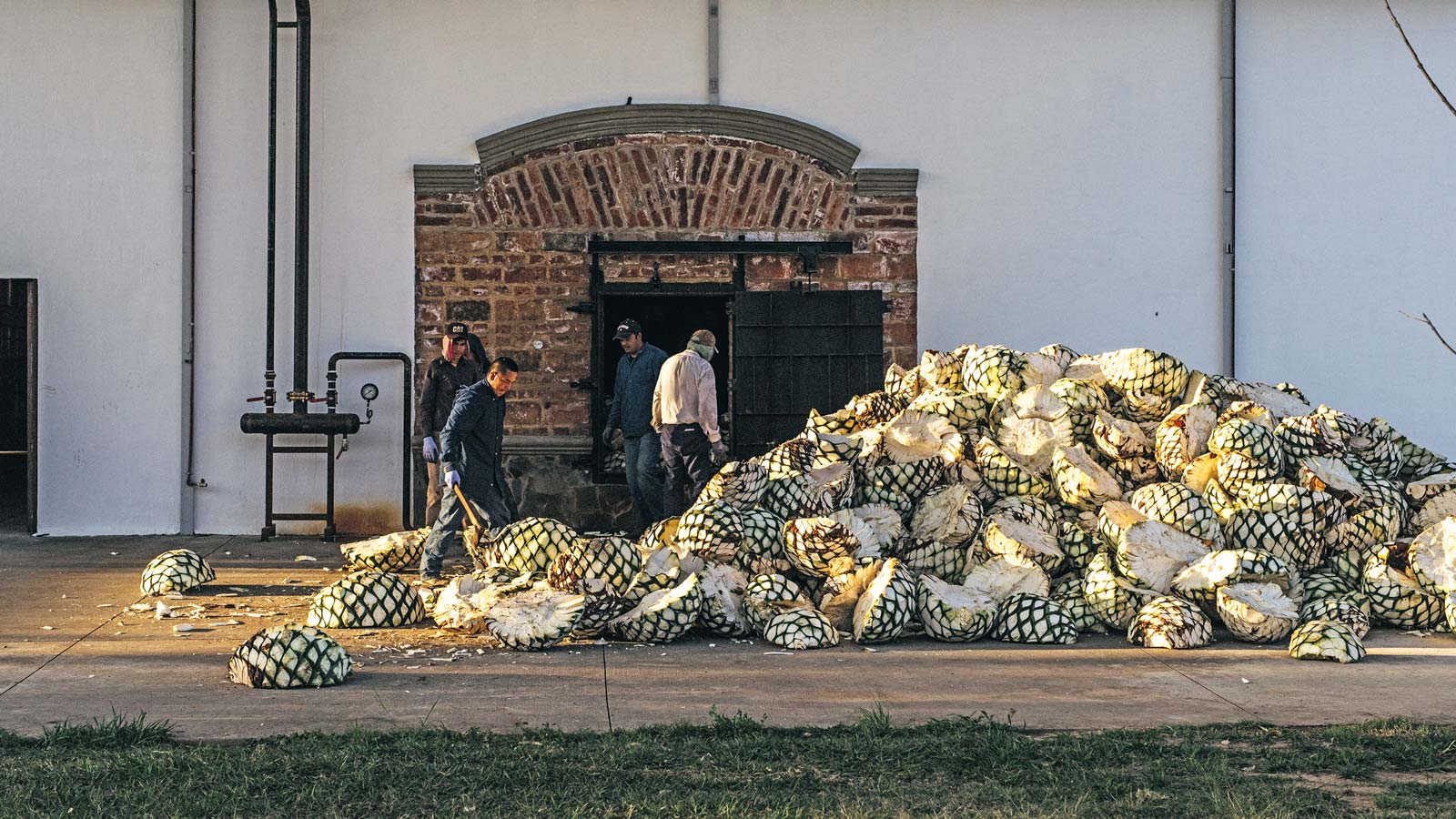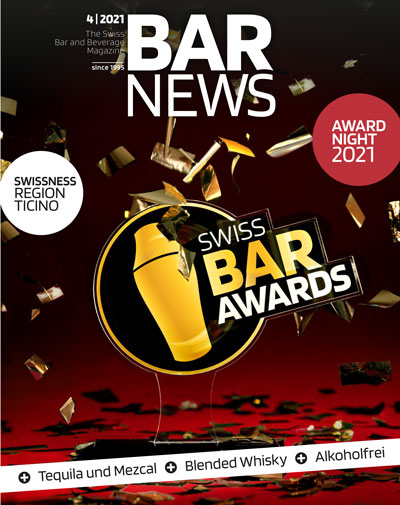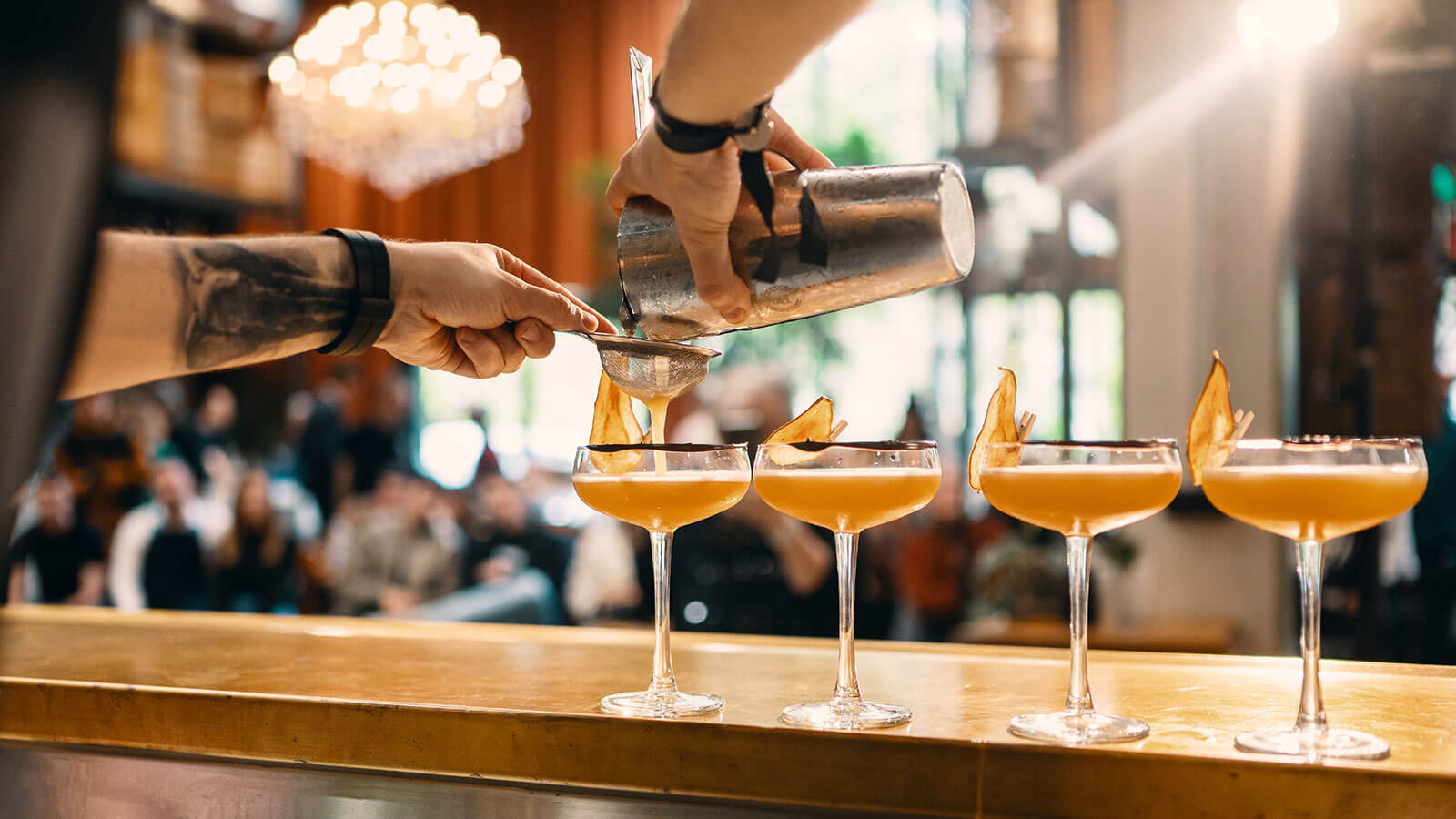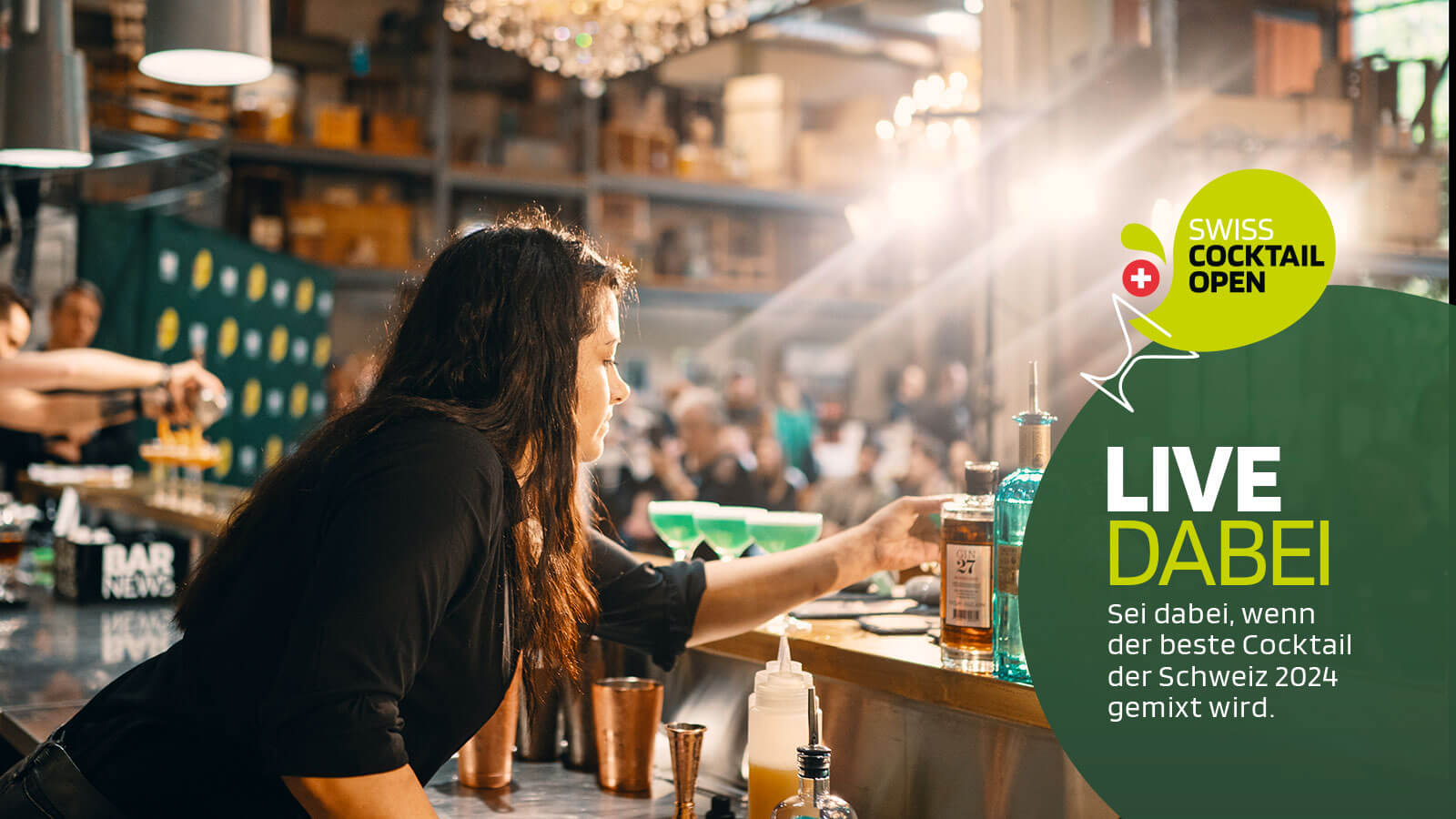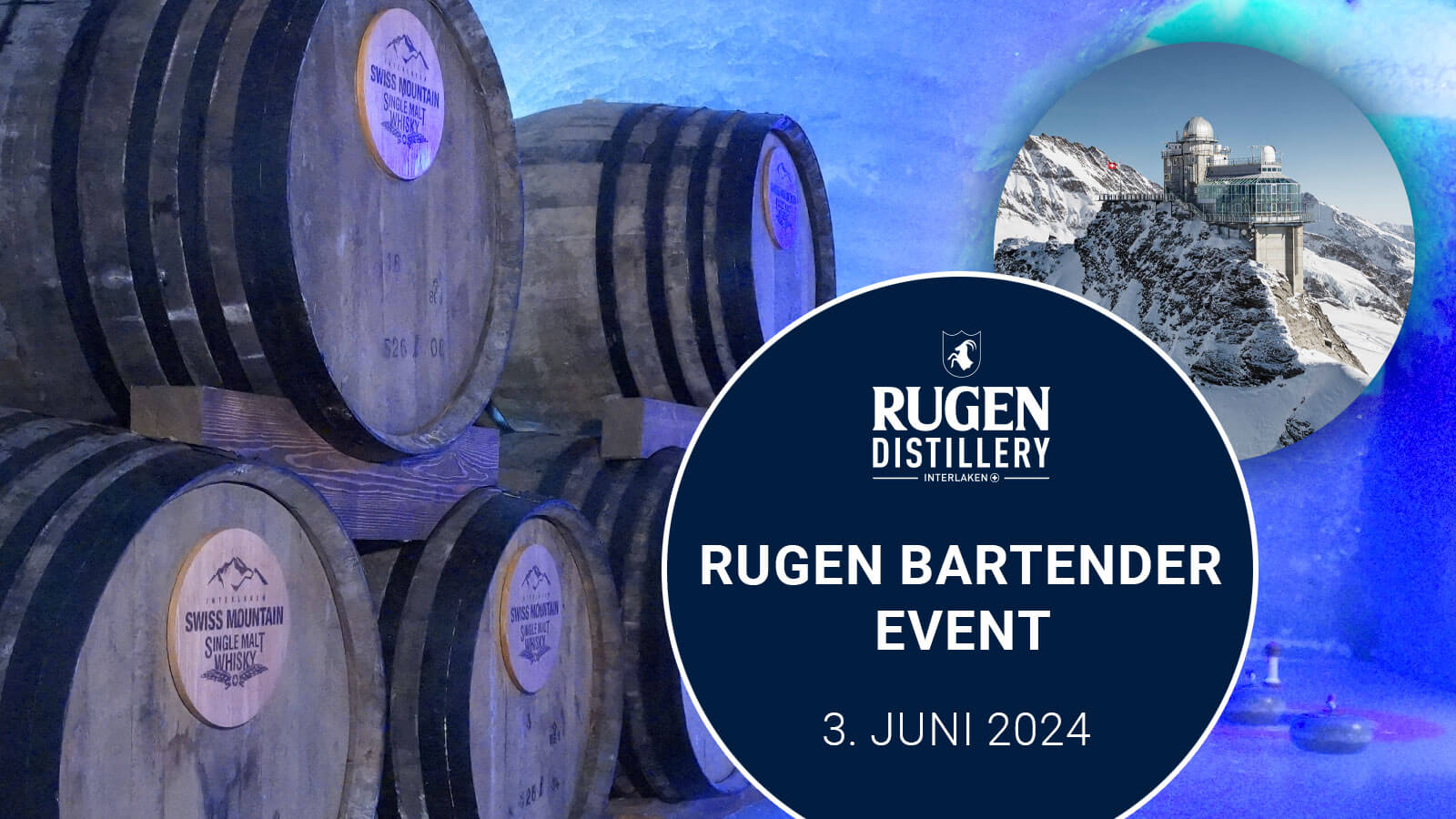Tequila and mezcal. This is Mexico in liquid form, bottled at a high percentage, unmistakably aromatic. There is hardly an established spirits category any more that is not produced on every continent today. Gin, brandy, whisky, rum or vodka may have their traditional countries of origin, but only agave distillates have conquered the bar counters of the world from a single country - and still hold their position.
In Mexico, the country that knows the greatest biodiversity of these noble plants, agaves have been used for numerous purposes for thousands of years. Long before the Spanish subjugated the region and gave the agave its name borrowed from the Greek (agavos = noble), the indigenous peoples of the Aztecs and Mayas cooked and fermented pulque from the piñas, the hearts of the agaves.
This intoxicating, alcoholic drink was used for religious rites, for example, because the maguey, as the agave is also called in Mexico, was considered sacred by the indigenous people.
Unlike the grapes of South America and the sugar cane of the Caribbean, the agave was already there when the Europeans set foot on the American continent. Scientists have theorised that the indigenous people were already familiar with distillation before the Spanish arrived in Central America.
However, it is undisputed that the Europeans did not cross the Atlantic Ocean without their stills. In return, raw materials such as maize or potatoes, which were still unknown on the other side of the pond, made their way onto the plates (and later into the stills) of the Europeans.
What is undisputed, however, is that the Europeans did not cross the Atlantic Ocean without their stills.
But while people in Spain continued to drink wines and brandies, in the viceroyalty of New Spain on the American continent, distillates from agaves spread - at least among the simpler population. The elites born on the Iberian Peninsula, on the other hand, continued to drink their more "civilised" European drinks in the colonies.
Like most Spanish colonies, Mexico was able to break away from Spain, weakened by the Napoleonic Wars, in the first half of the 19th century. Suddenly it was an advantage to be able to distinguish oneself as a patriotic Mexican from the Spaniards on the basis of one's choice of drink.
On the other hand, there was hardly any other choice, as imports from Europe collapsed in the meantime due to the Mexican War of Independence.
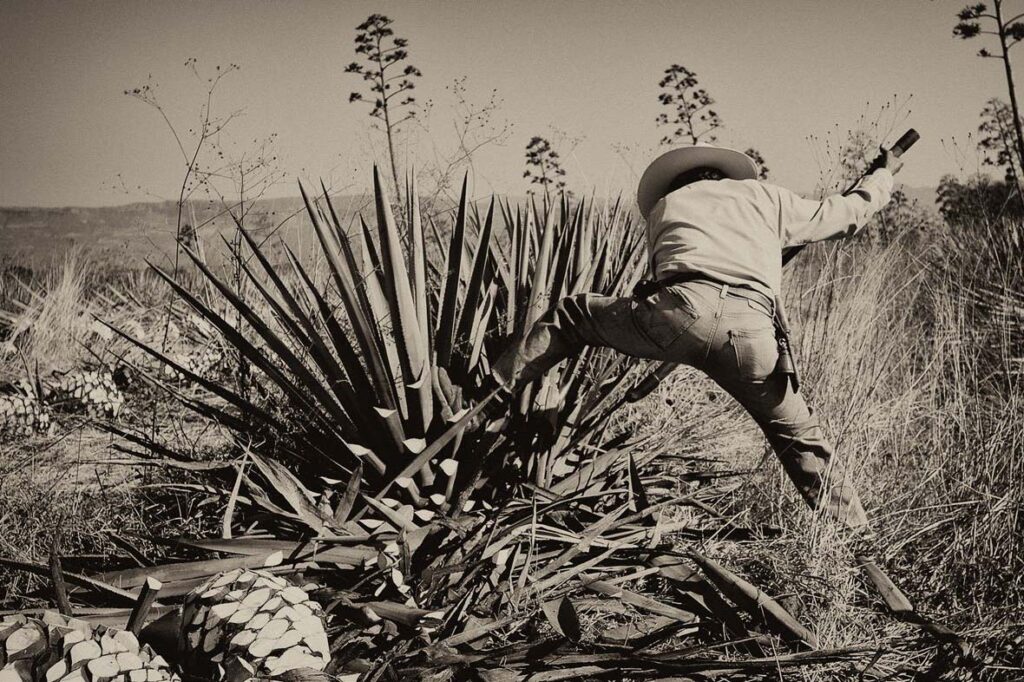
Although Mexico lost large parts of its original territories in the following decades - in the south, for example, the present-day countries of Central America, and in the north Texas, New Mexico and northern California to the USA - Mexico's high-percentage specialities skilfully crossed the new borders.
Thanks not least to their geographical proximity, these distillates should also find their way into American bar culture - even if they are not yet mentioned in Jerry Thomas' Bon-Vivant's Companion.
This may come as a surprise, but we can assume that the legendary Barkeeper - if not already during his time in California (during the Gold Rush), then at least in 1852 on his return to the East Coast, which took him through Mexico - came into contact with the notorious Mexican distillates.
"Maguey, as the agave is also called in Mexico, was considered sacred by the indigenous people."
Ultimately, however, it was US Prohibition that helped tequila achieve its breakthrough in the USA. Tequila conquered the thirsty throats of the United States from the south, not only in places where it was only necessary to cross the US/Mexico border to get drunk again, but also thanks to smuggling.
By the time the American whiskey industry was able to stand on its own two feet again, tequila had established itself in bars thanks to drinks like the Margarita or shot rituals with lime and salt.
Major events held in Mexico, such as the Football World Cup (1970/1986) or the Olympic Games (1968), propelled tequila onto the global bottle shelf - even if the lime was quickly replaced by a lemon in the shot ritual in this country.
In recent times, tequila has been able to emancipate itself from its party image, and its older, but somewhat less well-known brother mezcal is also increasingly attracting attention. The quality of the tequilas and mezcals available in Europe today leaves nothing to be desired - even if the majority of tequilas sold here are still in the lower price segment.
Many guests still get a headache when they hear the word tequila. Most of them, however, are very happy to engage in a new taste experience if they are invited to get to know the world of agave distillates for a second time.
The fact that many guests dare to take this step is certainly due on the one hand to the bartenders who have given these distillates more space in the back bar and on the bar menu in the last decade. On the other hand, a handful of celebrities with their own tequila or mezcal brands have given the whole category a boost in popularity that should not be underestimated.
However, this new interest, which is not limited to one region of the world, also brings with it various difficulties. Unlike other categories of spirits, the range cannot be increased in an instant and at will.
A better understanding of these fascinating distillates by all those involved on both sides of the bar is the basic prerequisite for giving agave distillates the respect they deserve.

